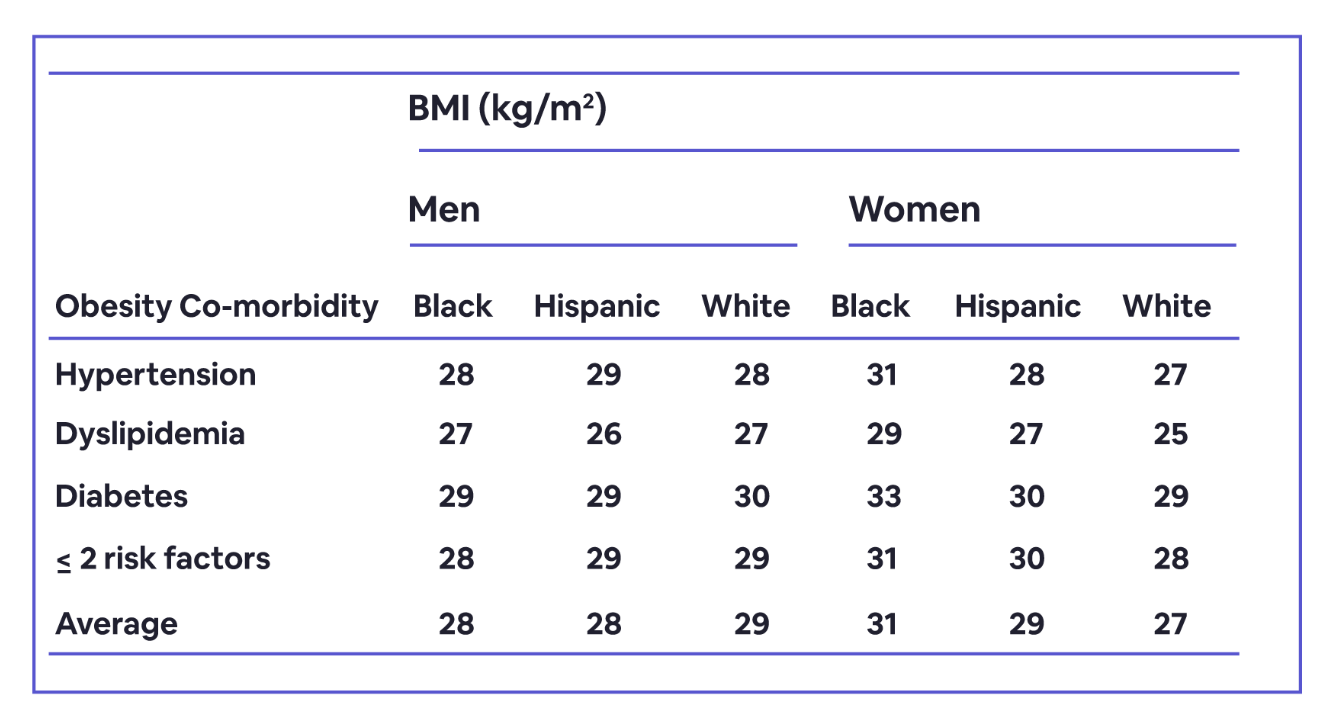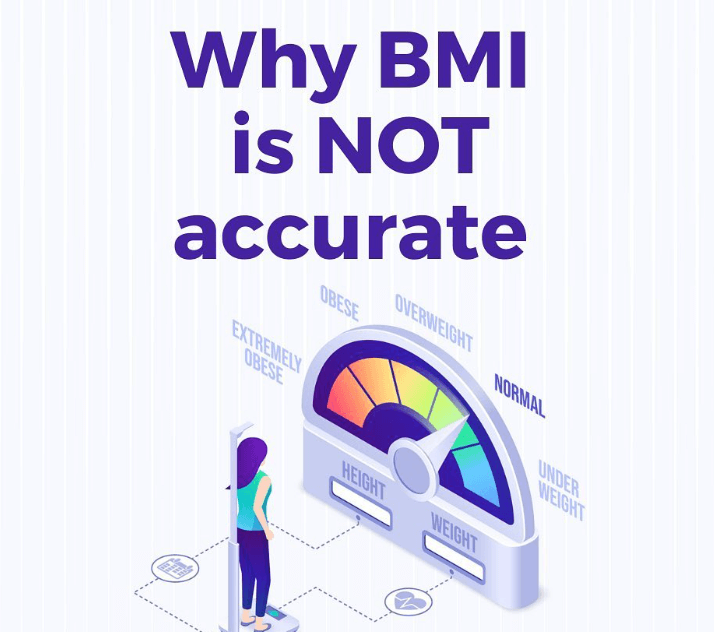BMI, or Body Mass Index, is a simple formula using a person’s height and weight to calculate a number supposedly representative of their level of body fat.

BMI was initially created in the 19th century by the Belgian mathematician and statistician Lambert Adolphe Quetelet as a way to measure obesity in the general population.
Body mass index (BMI) is one of the most popular ways to measure body composition concerning health.
However, research indicates BMI is NOT the most accurate depiction and can have severe limitations in weight distribution, body fat percentage, and different demographics.
BMI DOES NOT MEASURE BODY FAT PERCENTAGE
Body fat percentage (BFP) is the % of your body that is fat tissue compared to your total body mass. It is generally measured with skinfold callipers, bioelectrical impedance, or, most accurately, through a DXA X-ray Scan.

BMI cannot account for the difference between muscle and fat. Because muscle tissue is more dense than fat, many athletes and bodybuilders are considered overweight according to BMI despite being in peak athletic health. PMID: 15231223
BMI DOES NOT ACCOUNT FOR DIFFERENT DEMOGRAPHICS
Example:
Researchers found the BMI obesity cut-off for Asian populations actually falls lower than the standard BMI chart.
In 2004, the World Health Organisation found that Asian people with a high risk for type 2 diabetes and cardiovascular disease had lower BMIs. PMID: 14726171
BMI DOES NOT ACCOUNT FOR DIFFERENT DEMOGRAPHICS
Another 2004 study of over 15,000 Chinese adults found that a high risk for cardiovascular disease started at a lower BMI and waist circumference than Caucasians.
This means when screening for BMI, Asian people may have a higher disease risk in categories considered healthy or normal on the BMI chart. PMID: 15531658
In addition, Stanford conducted a study in 2020 that found what is considered healthy for Black women is higher than the standard BMI chart, while for Hispanic and white women, what is considered healthy is lower than the chart. PMID: 30711132

BMI DOES NOT MEASURE BODY FAT DISTRIBUTION
The specific location of fat is another important factor when considering overall health and is a measure that BMI does not adjust for.

Upper body fat around the midsection and visceral fat are more correlated to health complications, such as cardiovascular disease than lower body fat around the thighs and butt region.
BMI DOES NOT MEASURE BODY FAT DISTRIBUTION
A 2017 study found people with the same BMI can have very different risk profiles for heart attack, stroke, and diabetes depending on lifestyle, diet, and where the fat is located on their bodies.
Results of the study also showed that having a lower lean muscle mass to BMI ratio was associated with cardiometabolic risk, and these effects were stronger in women than in men.
Source: Radiological Society of North America. “Fat distribution in women and men provides clues to heart attack risk.” ScienceDaily. ScienceDaily, 28 November 2017.
SUMMARY
- BMI is not a highly accurate measure of obesity. That being said, it can be useful as a complementary datum.
- BMI has a high rate of false negatives, particularly among females, with nearly half of obese people being classified as normal or overweight in some studies.
- BMI is a misleading indicator of obesity. Several influential factors, such as body fat percentage, fat and weight distribution, demographics, and gender are left out of its calculations.






